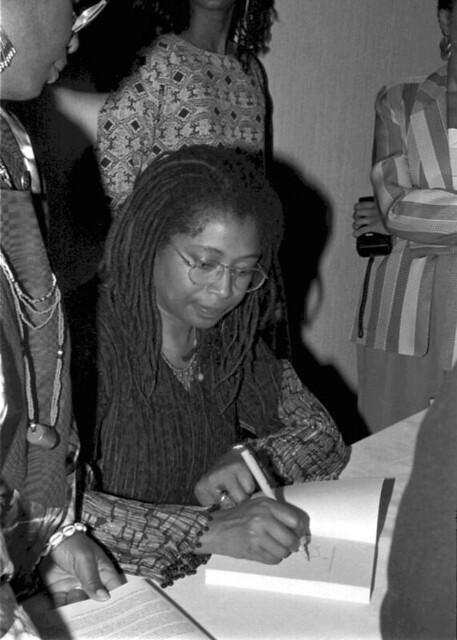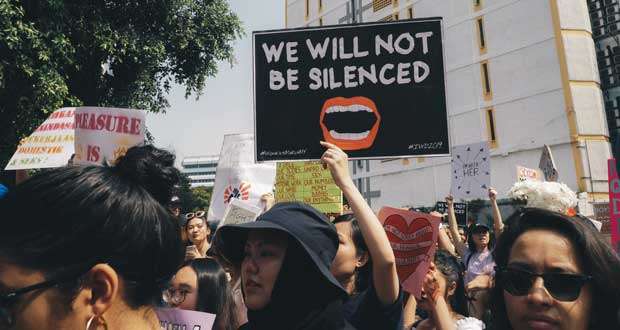The fight to uphold women’s rights is something that everybody’s been hearing about these days. People called “feminists” often seem to fight for their rights. Unfortunately for them, feminists aren’t seen in a positive light by a number of crowds, even women themselves in some cases, as some of them are notoriously battling gender inequality issues in sometimes radical ways. Feminists were also seen as only exclusively contemplating the circumstances of middle to upper-class white women with little to no regard for women of other races such as Black and Latinx women.
There is, however, another term that is less talked about but more universally addresses the issues of women around the world, called “womanism”. So what is womanism? How does it differ from the relatively more well-known idea of feminism?
These two schools’ distinct differences can be traced back to how the terms came to be in the first place.
What is Feminism?

Feminism first came up in the early 20th century, where women were starting to realize that they should’ve been given equal rights at the political ground in the form of voting rights. Following the start of WWII, a big development came into place as women were beginning to be put in workplaces, considering men had to fight on the frontlines. Women needed to do their ‘share’ in the time of war by working at factories replacing their husbands, stocking ammunition, and producing canned foods.
As the ending of the war approached, women didn’t want to give up their newfound jobs and freedoms. Demonstrations and protests asserting gender equality in the form of employment/labor rights, property rights, reproductive rights, and changes of the traditional patriarchy system started popping up throughout the following decades.
Many major changes have been brought from these protests, and we can currently see that white women in western countries are given a much more adequate place in society compared to before. In spite of this, feminists—mostly consisting of middle-class white women— were only focusing their own issues, rather than general issues that are faced by all women from different demographics. This circumstance caused the term womanism to born.
What is Womanism?
Alice Walker, an activist and poet, first coined the term “womanism” in 1983 through her book, “In Search of Our Mothers’ Gardens: Womanist Prose.” Discontented with the lack of diversity with the feminist movement, Walker defined a new term “womanist” to which she proclaimed is devoted to achieving and maintaining the ‘gender reconciliation’ of both males and females in all societies. The concept of gender reconciliation understands that injustice doesn’t affect only white women, but also men and women across any colors and social classes.

Even after the enactment of the Civil Rights Act that segregated discrimination against certain groups of people in many kinds of fields in 1964, the black community was still bearing the brunt of socioeconomic unfairness, especially the women. It was this fact that brings out the idea of womanism which not only fights against the oppression of black women but also addressing any racial and social discriminations.
Summary
The key difference that divides womanists and feminists is who or what both fighting against. Feminists fight against the belief that men—usually white men—are in control of everything and therefore given higher privilege than women. While womanists fight against injustice stemmed from the diversity of gender, race, and demographics.
In the past, middle-class feminists radically fight for their own cause with no great consequence, unlike the black community which has very limited liberties. Today, both feminist and womanist are starting to find a common ground resulting in the inclusiveness of women’s rights battle that is more peaceful and accepting to everyone involved.











